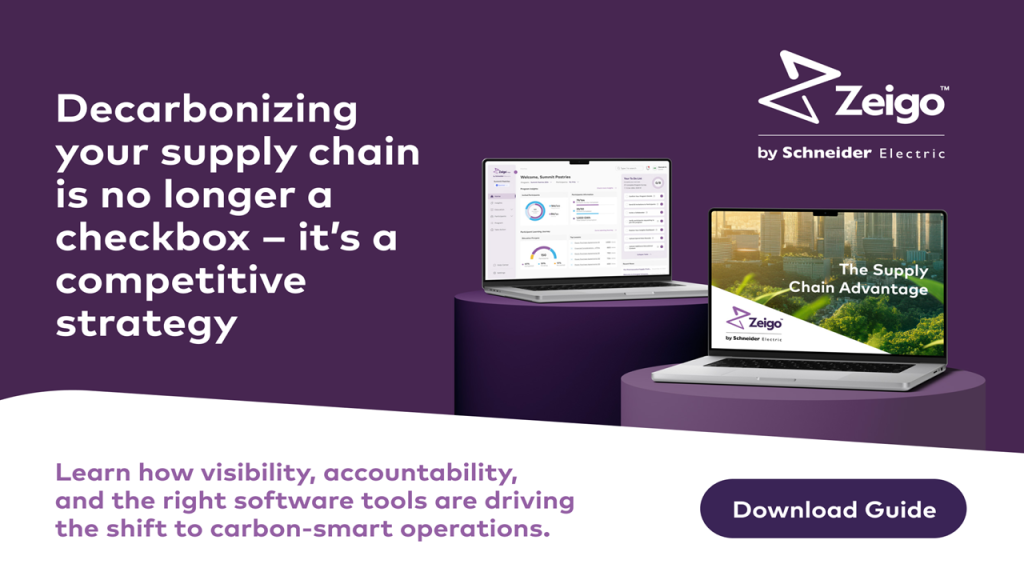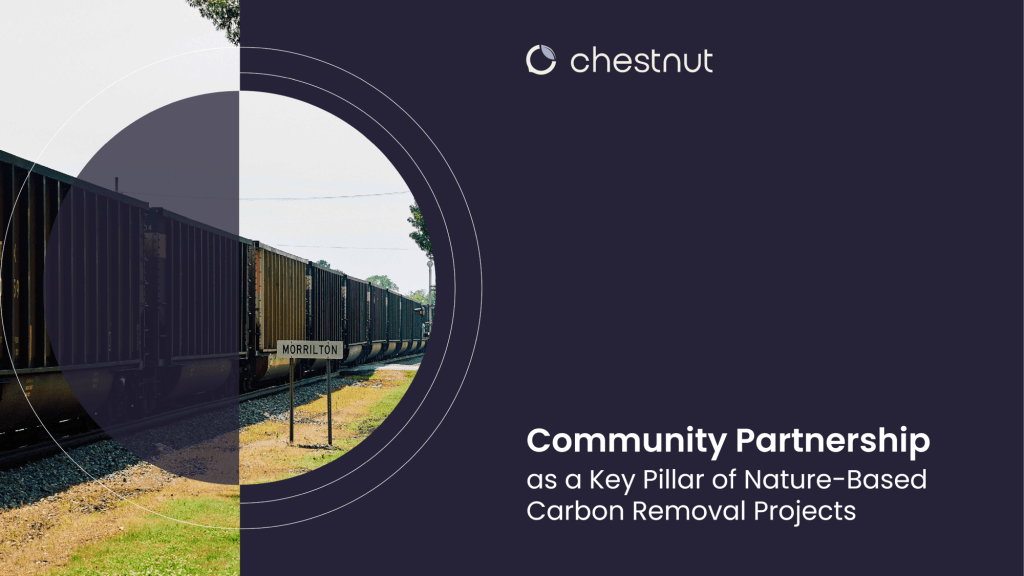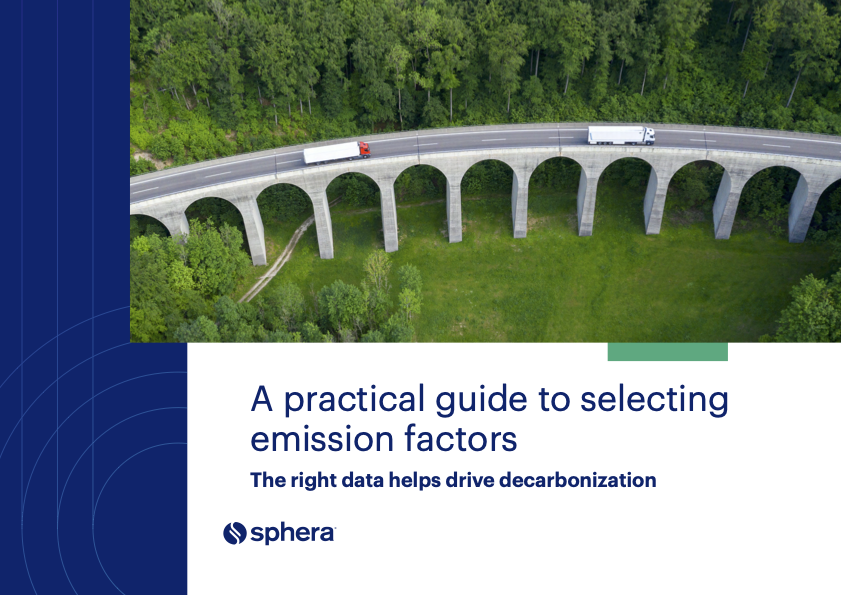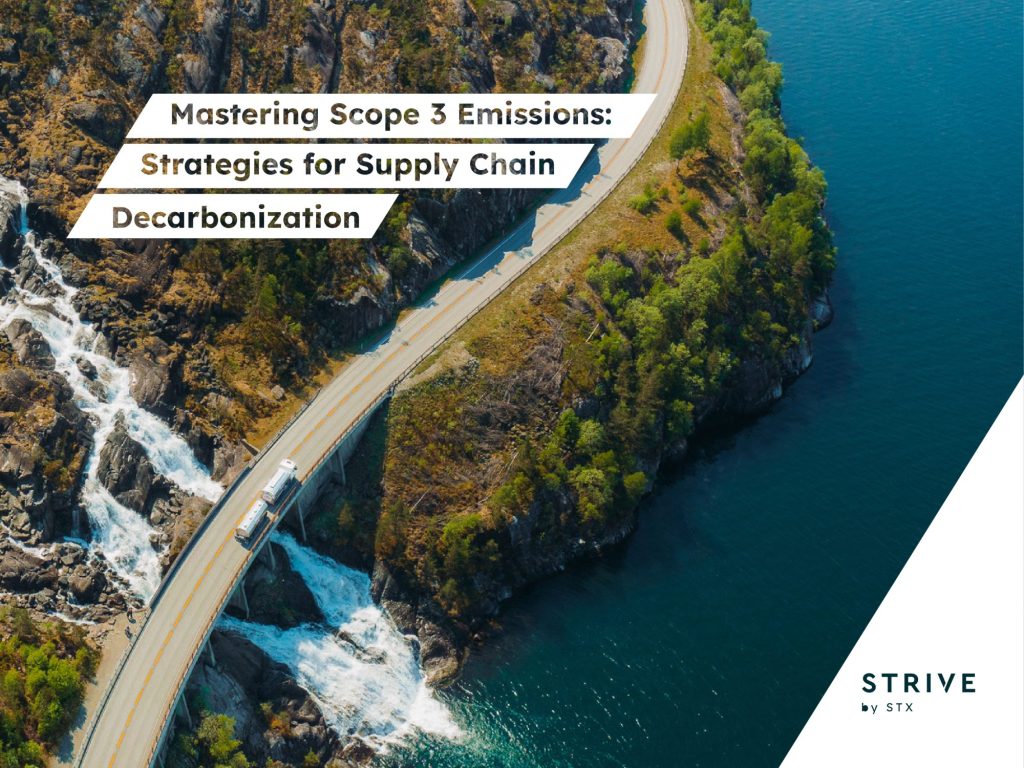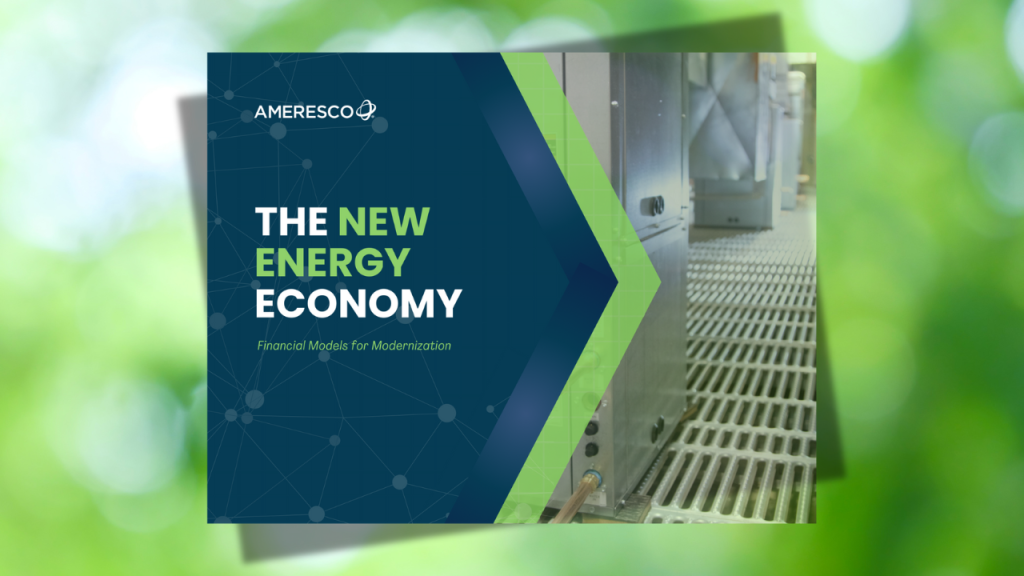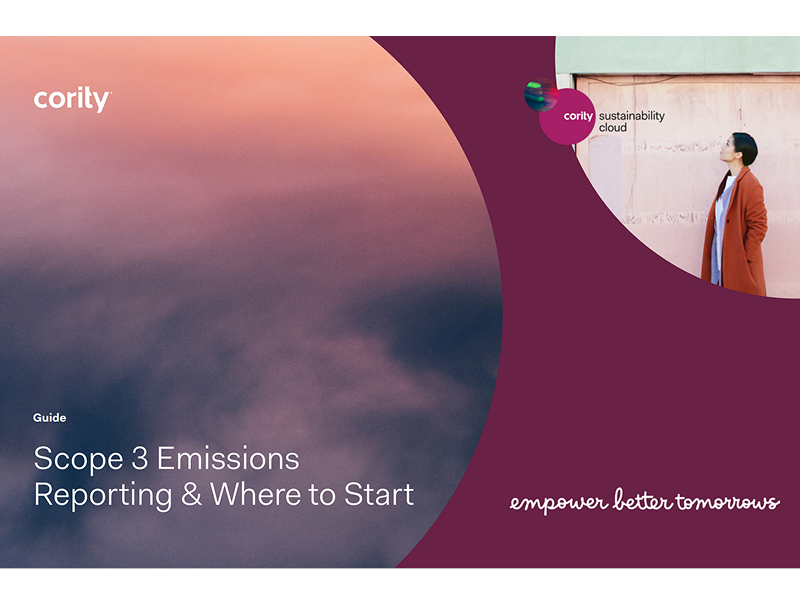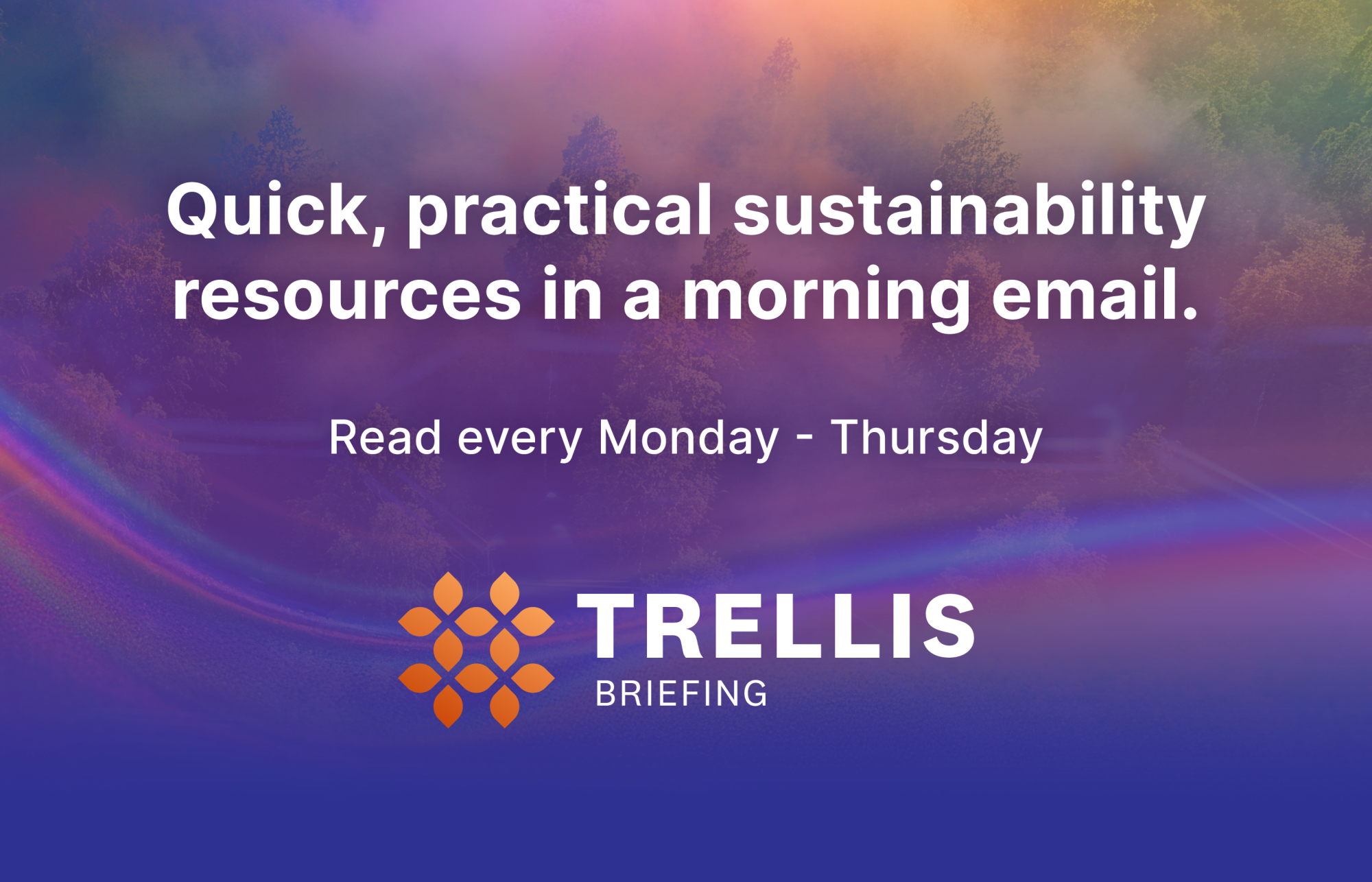3 ways CSOs can engage employees
At the most basic level, sustainability impact isn’t driven just by strategy or technology — it's driven by people. Read More

The opinions expressed here by Trellis expert contributors are their own, not those of Trellis.
Much attention is paid — justifiably — to the outcomes of companies’ various sustainability efforts: energy consumption, fair labor practices, governance frameworks and water and waste reduction, to name a few. Those outcomes, however, are driven by processes, and those processes by people. So for CSOs, a critical part of the job comes more from the field of communications than environmental science: employee engagement.
It’s no surprise that public discussions of sustainability often cover processes, workflows, product specifications, supply chains and metrics. Those are all incredibly important and they’re clear, measurable ways to hold organizations accountable. Yet at the most basic level, impact isn’t driven just by strategy or technology — it’s driven by people.
I’ve found that behind closed doors at events such as Climate Week NYC, business leaders focus on the people in the organization. Using one’s people right is a big opportunity for every company, and an enormous one for global enterprises, where 200,000-plus human beings can be viewed as simply colleagues — or compatriots. This is true now as AI and other technological advances require ongoing reviews of how tap people for where their unique skills are needed most.
Turning employees into CSO partners involves embedding sustainable thinking not just into corporate processes, but in daily decision-making. This is valuable for several reasons: it can help justify investment, drive timelier decisions, cement a stronger value proposition to clients and cultivate coordinated action across the business.
There are myriad ways to approach this, but I’ve found it helpful to break down engaging with employees into three pieces.
1. Find and leverage natural allies
Thanks to the inherent goodness that drives so many people, most organizations are fortunate to have a core group that already cares deeply about sustainability — even if it has nothing to do with their role. That might be a software engineer passionate about the environment, an HR administrator who volunteers on human rights or project manager concerned about extreme weather. This group may add up to only 10 percent of employees, but it remains a phenomenal, “free” foundation.
The task is to identify those people throughout your organization and consider how to organize them in a meaningful way. At IBM, we did this in my first year by holding a “Global Sustainability Forum” that targeted about 60 employees, ranging from design consultants to infrastructure developers, representing every part of our business that touched on sustainability — regardless whether they viewed it that way. That year we established a network of ambassadors and articulated how sustainability was key to their work. This year we invited broader participation and are expecting almost seven times more participants.
Many companies have a form of sustainability “ambassadors.” Often these focus on volunteering and intermittent projects, items more “apart” from core business than ideal — but these programs do help bring together natural allies. IKEA, for example, has taken this a step further by seeking candidates in their hiring that are enthusiastic about their environmental goals.
2. Don’t invite the rest over — go to where they are
It’d be natural to think the next step involves “bringing over” the remaining 90 percent to your foundation, but creating affinity is difficult and time-consuming, when possible at all. People are busy, understandably, working toward their own KPIs. Instead, an effective strategy should include a narrative that inserts your work into what the others already care about.
For example, CSOs and their teams can aid the KPIs of other teams by assisting with business development, using sustainability angles to promote products or services through channels and platforms and people not already being used. They can also roll up their sleeves, establish regular touchpoints and simply ask their colleagues how they can help. What do sales and product managers need to address client requirements? What language should we be using (we all know sustainability can suffer from jargon)?
Mastercard does this well, with an “Impact Steering Committee” that spans all its business units (including their respective leaders) and BU-specific guides that outline specific actions employees in different roles can undertake to help the company achieve its environmental and social impact goals.
At IBM, one way we did this was developing an AI-powered “Ask Sustainability” chatbot that can help fulfill bespoke data requests we get from clients. However, we didn’t stop there; we integrated the tool directly into an existing “Ask Sales” chatbot, so that this data was easily accessible to sellers through a channel they already use. In this way, my team wasn’t “asking” for anything; we were providing much-appreciated support to our colleagues.
This helped other teams start to see the value prop behind IBM’s sustainability initiatives, and by capturing data on the backend, we also began putting numbers to the “book of business” for which sustainability is a salient issue.
3. Build a beachhead of mindshare
Achieving complete sustainability mindfulness throughout an organization is a never-ending effort, but several tactics can help lock-in incremental progress. Well-crafted self-service tools (such as internal websites) are a great start, letting employees pursue their interest without any roadblocks. It’s imperative that such a site is written to offer help and support, not simply to inform or cajole.
Of course, other proactive tactics such as newsletters and annual activities can help, too. Sometimes external communications — a news story or op-ed — are more effective than traditional internal communications, particularly when those are shared among colleagues.
One of the most impressive examples of proactive tactics might be Patagonia’s Environmental Internship Program, which offers employees from any part of the company two months paid to spend with an environmental group of their choice and “bring back stories, inspiration, and a new commitment” to their mission.
At IBM, we’ve established a new Sustainable Innovation Prize, which awards teams whose work uncovers creative ways to drive and measure long-term value with an added benefit of the chance to ring the New York Stock Exchange closing bell. While the prize may or may not trigger new work, it absolutely incentivizes everyone in the company to consider how their work — in new innovations, product design, AI model development and more — also has a sustainability angle. That’s already an important win, and one I’m excited to reinforce annually.
As Climate Week conversations wrap up in New York, it’s worth reiterating that engaging employees is a key part of driving real change. By identifying and empowering internal allies, collaborating with the others in ways they appreciate and creating regular company-wide touchpoints, CSOs can turn employees into powerful partners in accelerating progress.

Subscribe to Trellis Briefing
Featured Reports

The Premier Event for Sustainable Business Leaders

